ADAS, or Advanced Driver Assistance Systems, has become a major focus in the automotive industry as a crucial step toward fully autonomous driving. These systems use various sensors installed in vehicles to gather data about the internal and external environment. By detecting moving or stationary objects, ADAS helps drivers identify potential dangers quickly, allowing them to take action and improve overall safety through active safety measures.
ADAS encompasses a wide range of technologies, including Adaptive Cruise Control (ACC), Automatic Emergency Braking (AEB/CMbB), Traffic Sign Recognition (TSR/TSI), Blind Spot Detection (BSD/BLIS), Lane Change Assistance (LCA/LCMA), and Lane Departure Warning (LDW). Each of these features plays a unique role in enhancing driver awareness and reducing the risk of accidents.
01 **Lane Offset Alarm System + Lane Keeping**
This system combines a camera, sensor, and controller to monitor the vehicle’s position within its lane. The camera captures lane markings, and image processing determines the car's position. If the vehicle drifts out of the lane, the system alerts the driver with a warning, typically within 0.5 seconds, helping to prevent collisions.
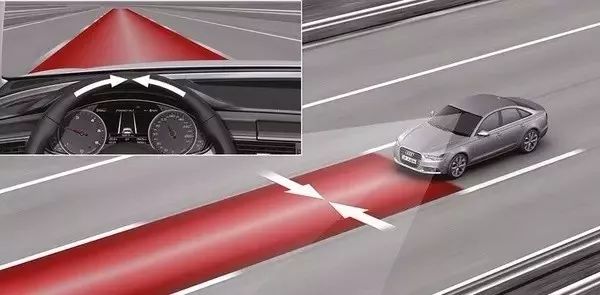
02 **Pre-Collision System + Emergency Braking**
Using radar and cameras, this system detects the speed and distance of the vehicle ahead. It first issues an audible alert to warn the driver. If no response is detected, the system automatically applies brakes to reduce the risk of a collision.

03 **Blind Spot Monitoring System**
The blind spot is the area not visible through the rearview mirrors. This system uses radar and sensors to detect vehicles in the blind spot. When another vehicle enters the zone, the driver is alerted, helping to avoid dangerous lane changes.
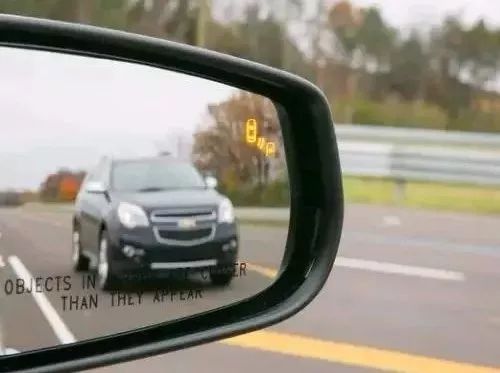
04 **Automatic Parking System (APA)**
This system uses infrared or ultrasonic sensors to detect obstacles around the vehicle. The computer calculates the distance and controls the steering to park the car automatically into a space.
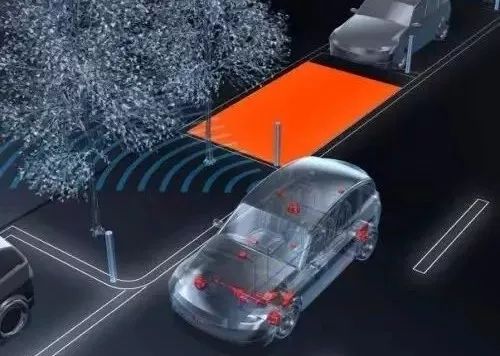
05 **Adaptive Cruise Control (ACC)**
ACC uses front-mounted sensors to monitor the speed and distance of the vehicle ahead. It adjusts the car’s speed to maintain a safe following distance, reducing the chances of rear-end collisions.
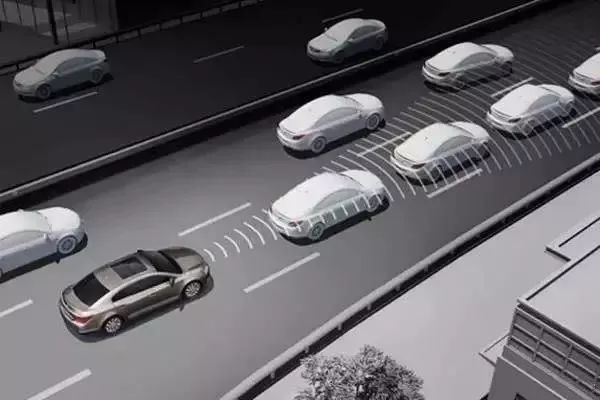
06 **Driver Fatigue Monitoring System**
Most systems use a camera to track the driver’s facial expressions, eye movements, and head position. If signs of drowsiness are detected, the system alerts the driver with sound or visual warnings to prevent accidents.
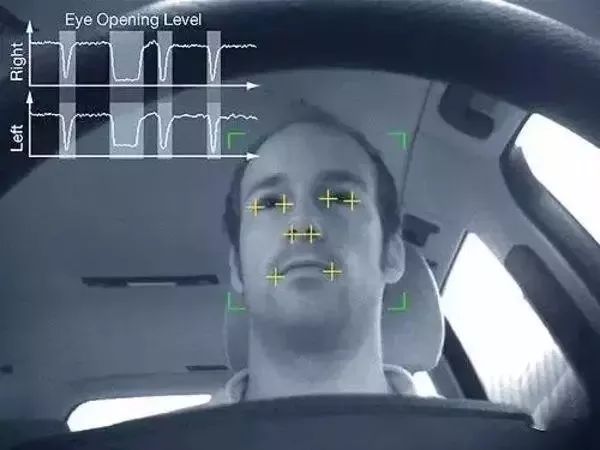
07 **Adaptive Lighting Control**
This system adjusts the direction and range of headlights based on road conditions, speed, and weather. It provides better visibility without blinding other drivers, improving both safety and comfort.
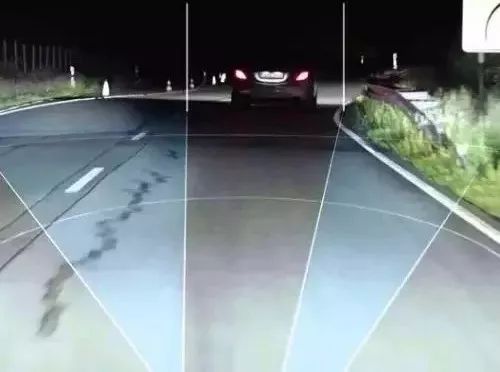
08 **Night Vision System**
Using infrared technology, this system detects heat signatures from people, animals, or vehicles in low-light or poor weather conditions. It converts this information into a visible image, helping the driver see clearly in the dark.
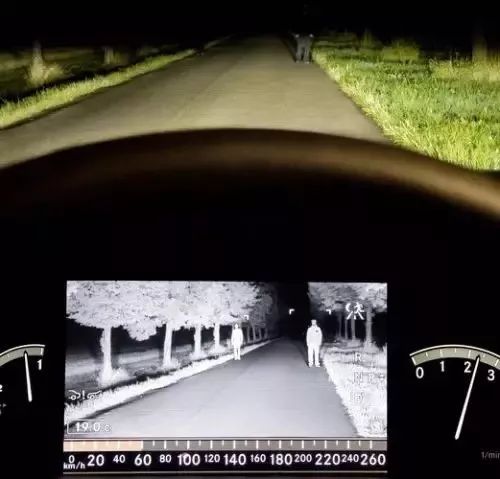
In addition to the eight main systems, ADAS also includes features such as navigation, real-time traffic updates, electronic police detection, vehicle networking, and downhill control.
Each ADAS system operates through three key layers:
- **Sensing Layer**: Sensors collect data about the vehicle’s surroundings and operating status.
- **Control Layer**: This layer processes the data and generates control signals for the system.
- **Execution Layer**: The final stage where the system takes action, such as braking, steering, or issuing warnings.
These systems work together to make driving safer, more efficient, and more comfortable for all road users.
Laptop Holder Apple
Apple Laptop Holder For Desk,Apple Laptop Holder,Apple Laptop Holder Dock,Apple Pencil Holder Laptop,etc.
Shenzhen Chengrong Technology Co.ltd is a high-quality enterprise specializing in metal stamping and CNC production for 12 years. The company mainly aims at the R&D, production and sales of Notebook Laptop Stands and Mobile Phone Stands. From the mold design and processing to machining and product surface oxidation, spraying treatment etc ,integration can fully meet the various processing needs of customers. Have a complete and scientific quality management system, strength and product quality are recognized and trusted by the industry, to meet changing economic and social needs .
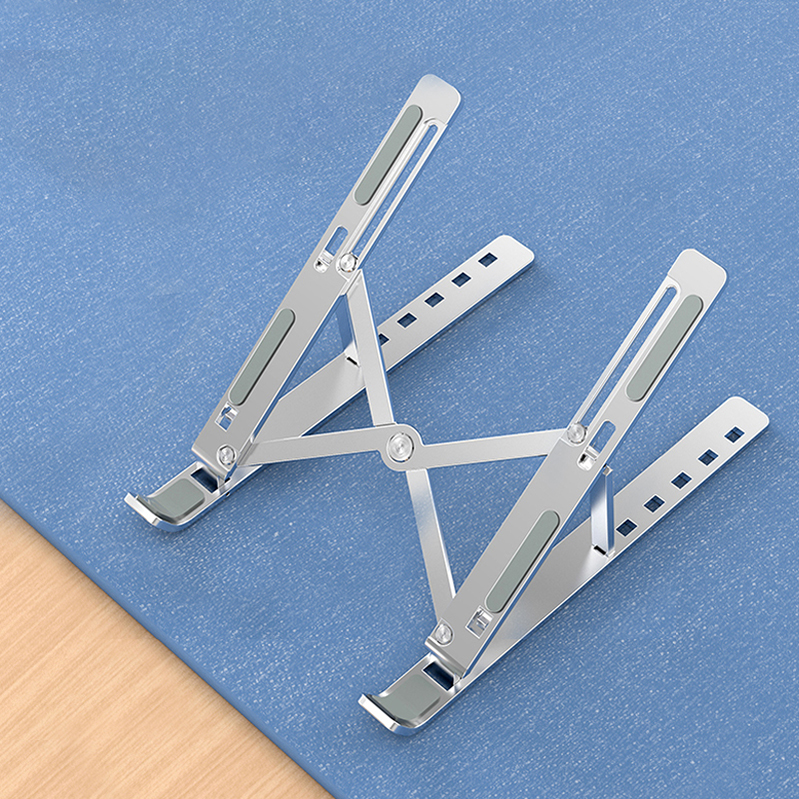
Apple Laptop Holder For Desk,Apple Laptop Holder,Apple Laptop Holder Dock,Apple Pencil Holder Laptop
Shenzhen ChengRong Technology Co.,Ltd. , https://www.laptopstandsupplier.com
